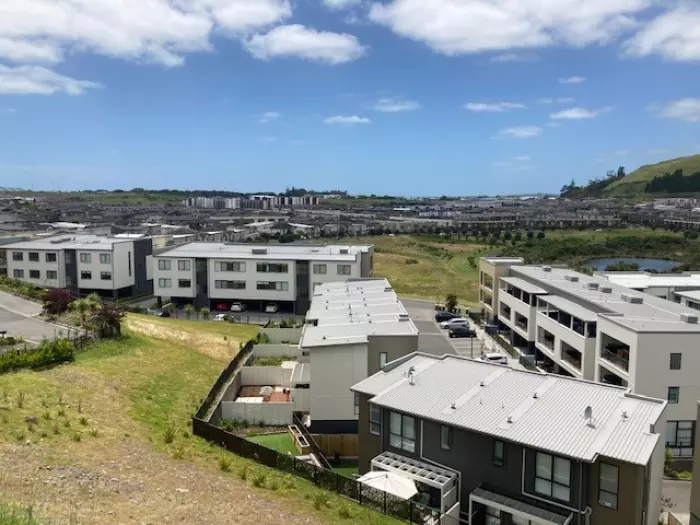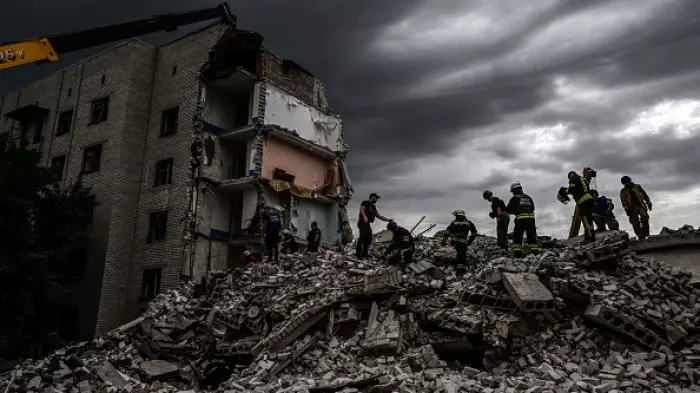Stats New Zealand had to go all the way back to mid-1974 to find a time when there were more than the 38,624 new home consents issued for the year to November 2020. There were 38,904 consents issued in the year to July 1974.
The 4.2 percent increase in the latest statistics on the prior 12 months was led by the country's two biggest urban areas: Auckland, up 9.6 percent to a record 16,293 consents; and Canterbury, up 9.1 percent at 5,793 approvals.
On a seasonally adjusted basis, the number of stand-alone houses consented rose 4.9 percent for the month, after falling by the same amount during October.
And of the combined 3,881 residential dwellings, 2,056 were stand-alone houses, 1,219 were classed as townhouses, flats or units, while 408 apartments and 198 retirement village units were also signed off for the month.
The high number of townhouses saw 1,740 new dwellings consented in Auckland, the highest monthly total ever for the city.
Auckland Council chief economist David Norman said there was an irony in the trend of surging house prices, which "on the one hand made housing less affordable for those looking to buy, but on the other made development more profitable" and stimulated more housing development.
But Norman said one mounting challenge was how the city would deliver the quantity of housing while borders remained closed and worker shortages remained.
He said while the construction sector has done well to scale up, "this has been with the advantage of being able to bring in skills. We suspect that lags between consent and finishing construction will grow as both a function of labour shortages and the shift to more complex construction types," such as townhouses.





